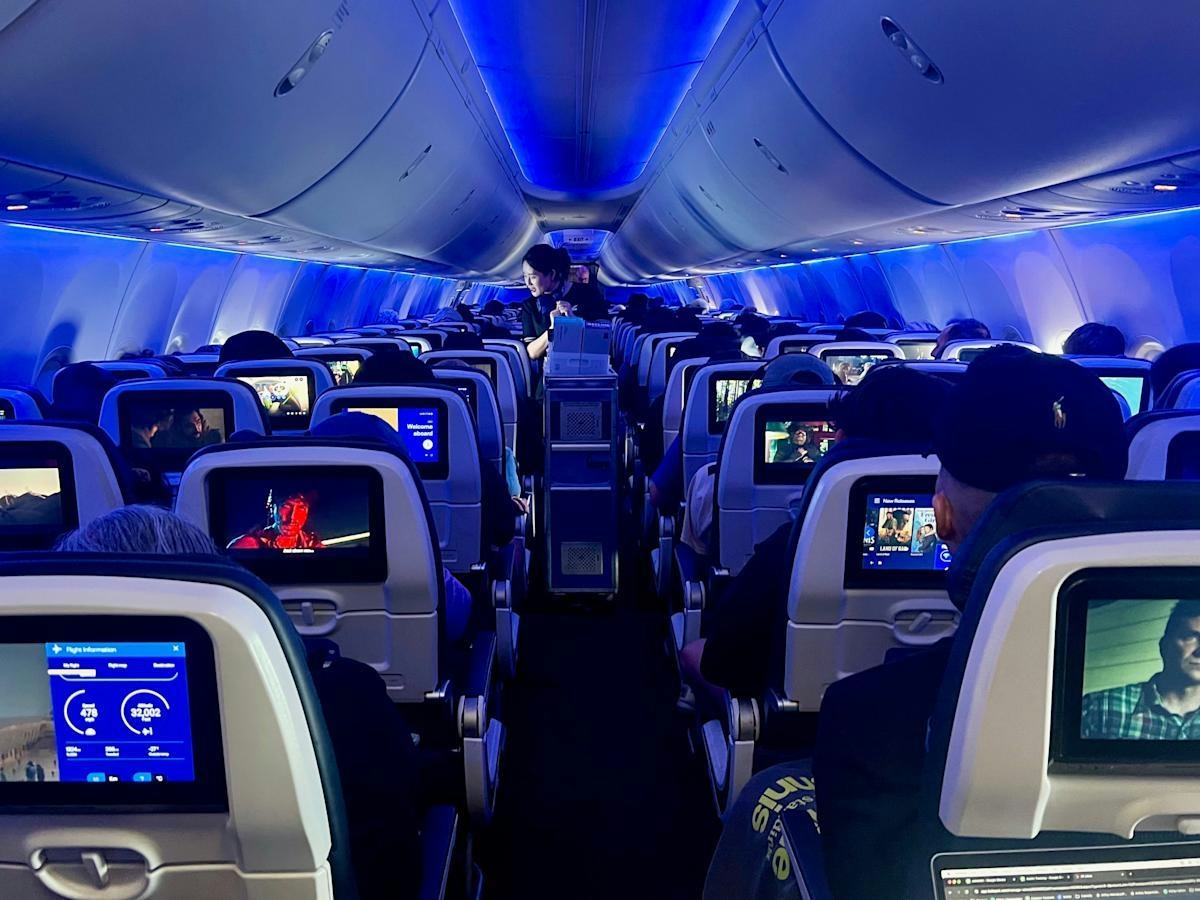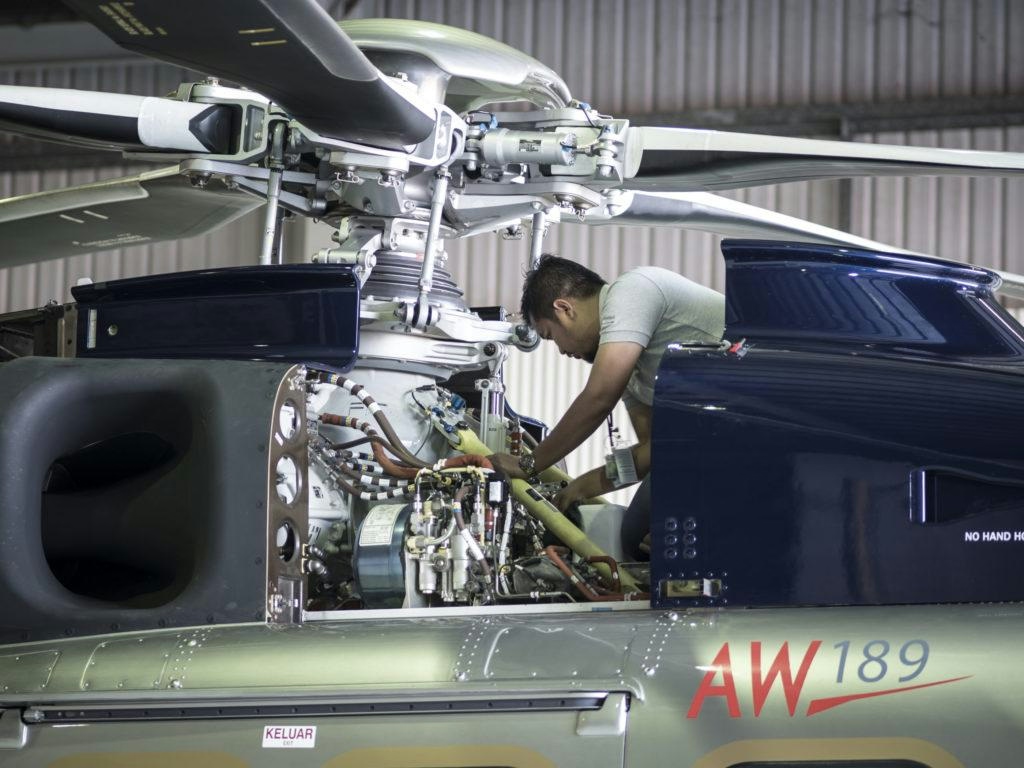
AeroGenie: Su copiloto inteligente.
Tendencias
Categories
Alaska Air Group Embraces Starlink and Loyalty Programs to Advance Digital Aviation

Alaska Air Group Embraces Starlink and Loyalty Programs to Advance Digital Aviation
Alaska Air Group (ALK) is undertaking a transformative approach within the aviation sector by integrating advanced technology and revamping its loyalty offerings. Through the adoption of SpaceX’s Starlink satellite internet and the introduction of the Atmos™ Rewards program, the airline seeks to establish a digital-first, customer-focused experience that may set new benchmarks in air travel.
Starlink: Revolutionizing In-Flight Connectivity
The implementation of Starlink represents a major advancement in ALK’s in-flight connectivity capabilities. Unlike traditional satellite Wi-Fi systems, which often suffer from slow speeds and inconsistent coverage, Starlink utilizes a low-earth-orbit satellite network to deliver significantly enhanced performance. ALK plans to equip its entire fleet—including regional, narrowbody, and widebody aircraft—with Starlink technology by 2027. This upgrade promises internet speeds of up to 500 Mbps and latency below 99 milliseconds, approximately seven times faster than the current industry average. Such improvements will enable passengers to engage in real-time activities such as live gaming, high-definition streaming, and uninterrupted business communications.
This enhanced connectivity is particularly valuable for business travelers who require reliable internet access, while leisure passengers will benefit from improved entertainment options and the ability to share experiences in real time. ALK’s early adoption of Starlink creates a competitive advantage, especially as many airlines continue to rely on outdated systems. Furthermore, Starlink’s energy-efficient design is expected to reduce fuel consumption by 800,000 gallons annually, aligning with ALK’s objectives for cost reduction and environmental sustainability.
Atmos Rewards: Modernizing Customer Loyalty
In August 2025, Alaska Air Group launched the Atmos Rewards program, consolidating its existing Mileage Plan and HawaiianMiles into a unified, flexible platform. This new program allows members to customize how they earn points—whether by distance traveled, ticket price, or number of segments flown—and to adjust these preferences annually. This flexibility addresses a common industry criticism regarding rigid and inflexible loyalty structures.
Atmos Rewards features a tiered elite system comprising Silver, Gold, Platinum, and Titanium levels, each offering progressively enhanced benefits. Notably, top-tier members gain access to unlimited lie-flat business-class upgrades. The program is further complemented by the Atmos Rewards Summit Visa Infinite® card, which offers three points per dollar spent on Alaska and Hawaiian travel, dining, and international purchases. With an annual fee of $395, the card targets frequent and high-spending travelers, providing additional perks such as Global Companion Awards, lounge access, and $50 vouchers for flight delays.
Strategic Integration and Market Positioning
These technological and loyalty innovations form a core part of ALK’s broader “Alaska Accelerate” strategy. A strategic partnership with T-Mobile will enable Atmos Rewards members to access free Starlink Wi-Fi starting in 2026, combining loyalty incentives with a seamless, ad-free digital experience. Concurrently, ALK is expanding its route network into key European cities including Rome, London, and Reykjavik, positioning itself to capitalize on growth in transatlantic travel from its Pacific Northwest hub.
Despite these promising developments, ALK faces challenges inherent to the competitive and volatile nature of the airline industry. Rival carriers may introduce similar initiatives to protect their market share, while ALK must navigate ongoing pressures from labor costs and broader economic uncertainties. Although investor sentiment remains generally positive, as indicated by strong relative strength ratings, the airline’s second-quarter 2025 financial results revealed a decline in net income compared to the previous year, underscoring the complexities involved in executing such ambitious transformation efforts.
Nonetheless, Alaska Air Group’s commitment to leveraging technological innovation and enhancing customer loyalty underscores its leadership ambitions in the evolving digital aviation landscape. For both investors and travelers, ALK’s forward-looking strategy represents a significant development in the future of air travel.

Uzbekistan Airways to Lease Six Additional A321neo Aircraft

What to Know Before Flying on the Airbus A350 XWB

Elevate Aviation Group Expands Maintenance Services

AICM Slot Allocations Move to US Airlines, Report Says

Abu Dhabi Aviation and Honeywell Enhance Helicopter Maintenance Services in UAE

McFarlane Aviation Acquires P. Ponk STCs for Legacy Cessna Aircraft

NTSB Releases Preliminary Report on UPS Plane Crash Involving Engine Separation

NTSB Investigates Pylon Fatigue Cracks in UPS Flight 2976 Engine Separation

EDGE Strengthens UAE Aerospace Sector Through Partnership with Etihad Engineering
